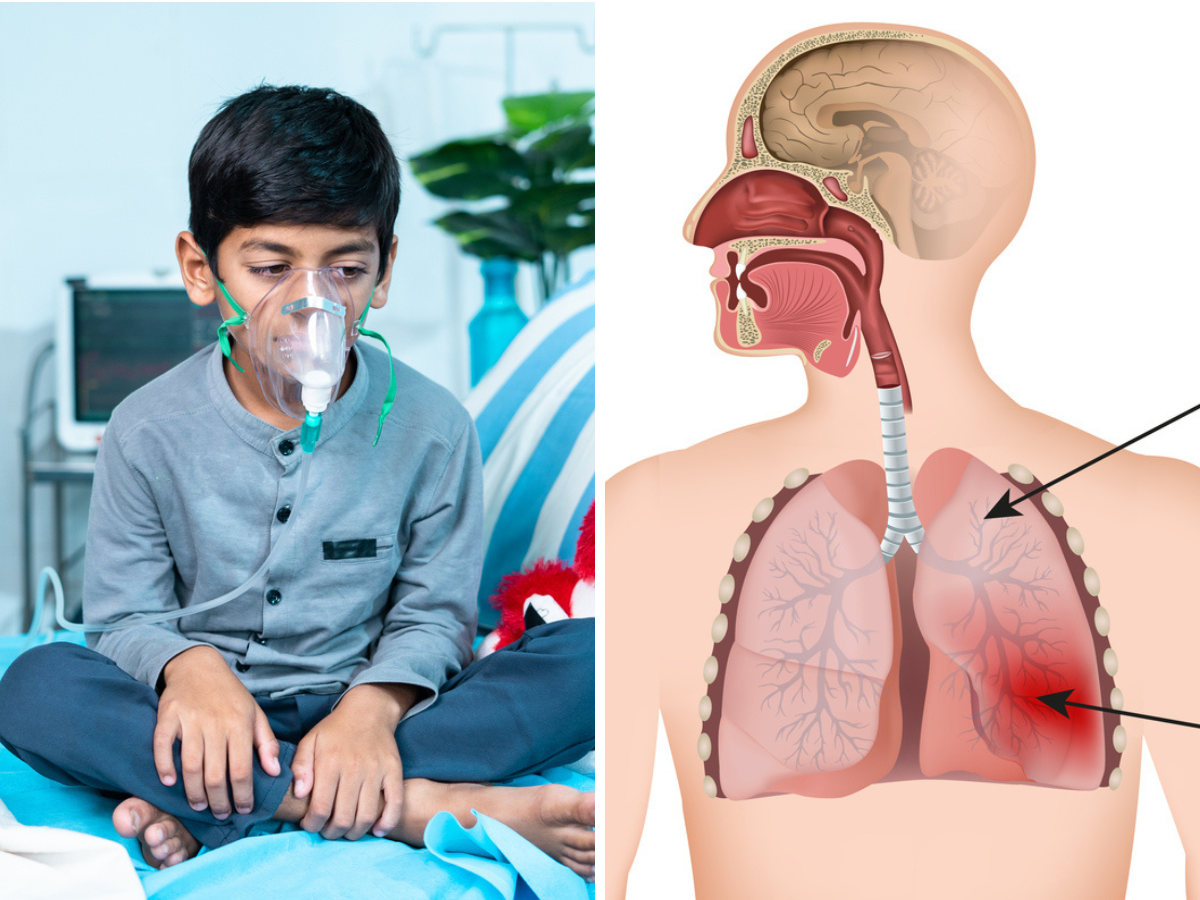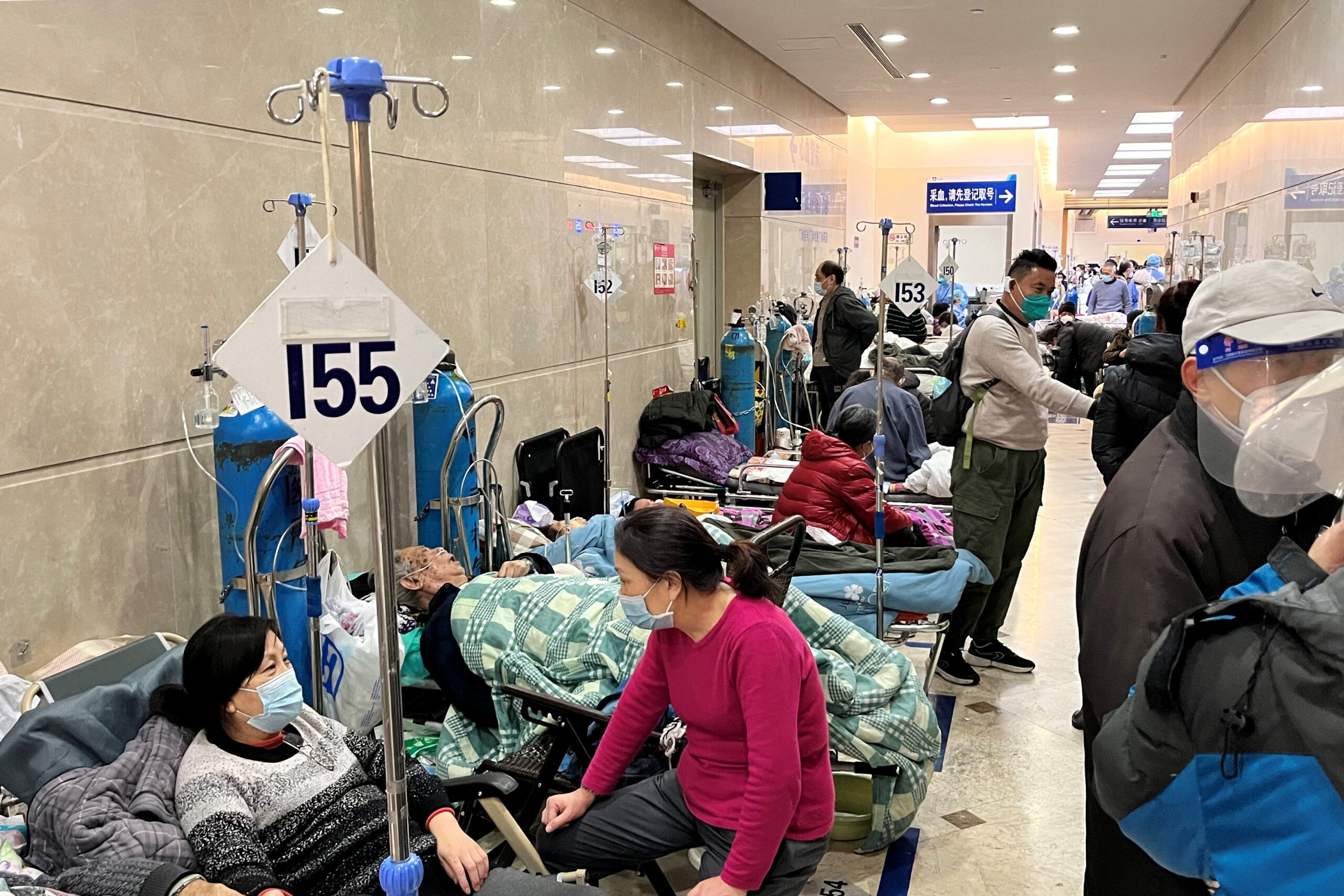Northern China was the first place where the outbreak was originally documented, and many of the cases involved youngsters. According to reports, hospitals in the impacted areas are overflowing with patients exhibiting pneumonia symptoms; nevertheless, the illness has not yet been diagnosed or connected to a known disease. The primary symptoms, which include fever, coughing, and dyspnea, are typical with pneumonia. China has been asked by the WHO to provide comprehensive data on the rise in respiratory diseases and pneumonia clusters.
NEW DELHI: A strange pneumonia outbreak that has been occurring in China since mid-October has sparked worries around the world, particularly in light of the Covid-19 pandemic.
The World Health Organization (WHO), which has become aware of the outbreak and the large number of cases it has caused in youngsters, has requested additional information from China regarding the respiratory ailments that are spreading throughout the country’s north.

The WHO referenced reports, one of which this week came from ProMED, a global surveillance system for infectious disease outbreaks, alerting them to a case of “undiagnosed pneumonia in children in northern China.”
The following are significant facets of the outbreak and the WHO’s reaction:
Table of Contents
ToggleThe Pandemic
Origin and spread: A large number of cases affecting youngsters were recorded when the outbreak was initially discovered in northern China. According to reports, hospitals in the impacted areas are overflowing with patients exhibiting pneumonia symptoms; nevertheless, the illness has not yet been diagnosed or connected to a known disease.
The WHO noted in a statement that Chinese officials from the National Health Commission announced a rise in the prevalence of respiratory illnesses in the nation at a news conference on November 13.
The influenza positivity rate continued to rise in October, according to data from the Chinese Center for Disease Control and Prevention, despite the fact that COVID rates are still down after a brief peak during the summer.
Signs and intensity
The fever, cough, and breathing difficulties that are the main symptoms that have been recorded are consistent with pneumonia. The instances range in severity, and some people need to be hospitalized.
What the Chinese government says regarding increase
The lifting of Covid-19 restrictions and the spread of known pathogens, such as influenza, respiratory syncytial virus (RSV), mycoplasma pneumoniae (a common bacterial infection in children), and the Covid-19 virus, are the reasons given by Chinese authorities for the rise in respiratory illnesses.

Clusters of undetected pneumonia in children in northern China were reported by the media and public illness surveillance system ProMED on November 21.
The WHO stated that it was unsure if ProMED’s report had anything to do with the news conference held by the authorities and that it was looking for clarification.
WHO’s declarations and participation
Information request: China has been asked by the WHO to provide comprehensive data on the rise in respiratory diseases and pneumonia clusters.
The WHO is making this request as part of its efforts to identify the nature and origin of the outbreak and to support efficient management of it.
The WHO did not provide any information about China’s reaction to the request for additional data.
Public advisory
The WHO has recommended people in the impacted areas to adopt preventative measures in response to the epidemic. These include keeping yourself clean, getting medical help if you have respiratory problems, and being aware of the circumstances.
Consequences for public health
Response and readiness: The pandemic emphasizes the necessity of strong public health systems and readiness for newly developing infectious illnesses. It emphasizes how crucial global cooperation, fast response systems, and surveillance are to public health.
Prospects for the future
The WHO and international health authorities will keep a careful eye on the situation. Information on the outbreak, particularly any findings regarding the causative agent, will be essential for notifying the public and directing public health measures.



